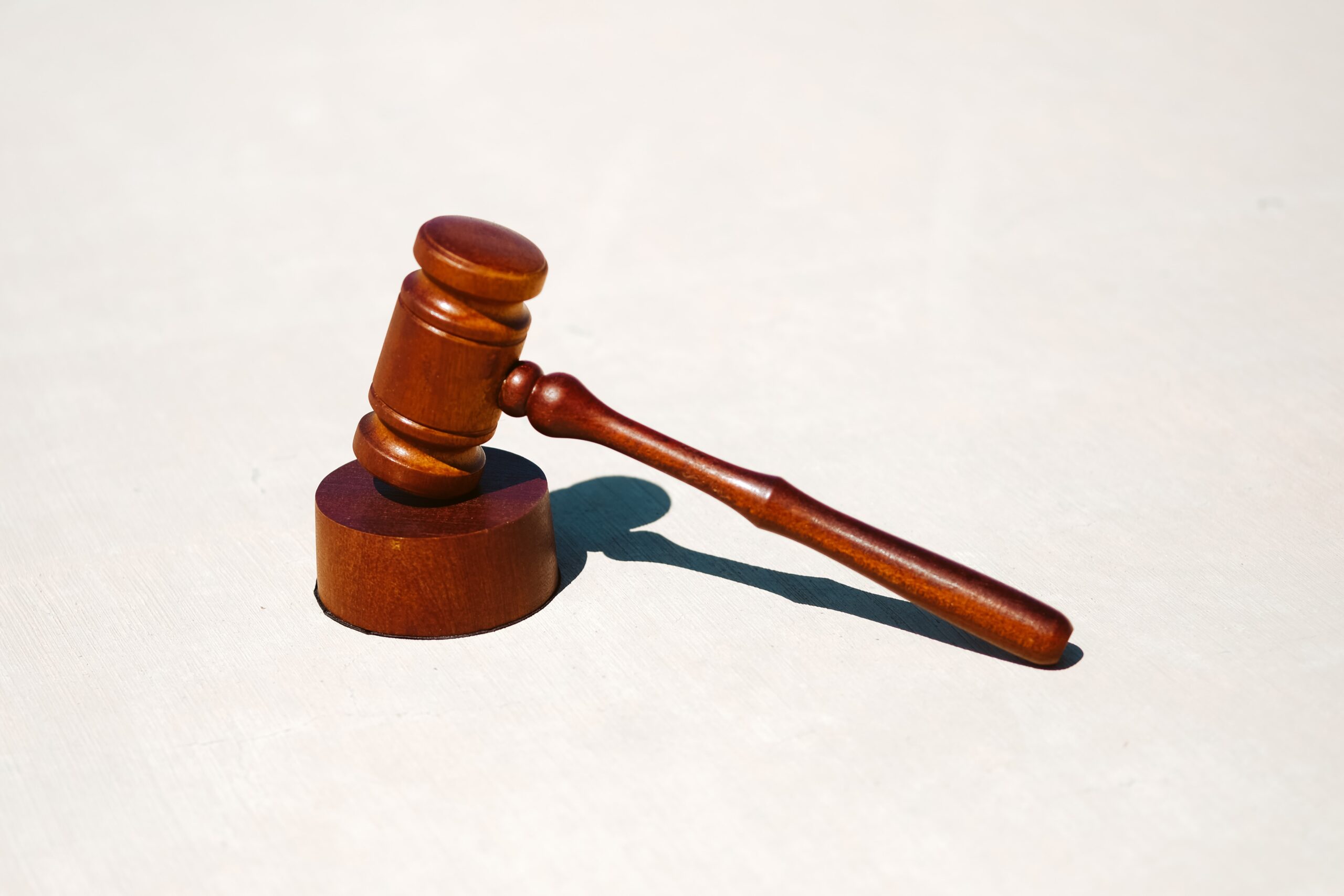Now Reading: How to Pursue Wrongful Death Damages
-
01
How to Pursue Wrongful Death Damages

How to Pursue Wrongful Death Damages
Pursuing wrongful death damages can be overwhelming, but you are not alone. This process involves understanding the legal steps, establishing liability, and knowing when to seek professional help.
Whether you’re navigating insurance claims or court filings, grasping the essentials is key.
Curious about how settlements work? Interested in the specifics of filing claims? Read along as we break down this complex topic into manageable pieces and provide insights for making informed decisions.
Gathering Necessary Evidence for Your Case
Gathering the necessary evidence is a critical first step when pursuing wrongful death damages. Start by collecting medical records, accident reports, and witness statements. These documents help establish the circumstances surrounding the death and prove negligence or wrongdoing.
Photos from the scene, along with any available surveillance footage, also play a crucial role in substantiating claims. Keeping detailed notes on everything related to the incident strengthens your case further.
Sometimes personal testimonies provide valuable context to what happened. Engage with professionals like forensic experts if technical aspects require explanation.
Ensuring all pertinent information is organized helps streamline communication with legal advisors and insurance companies. This solid foundation of evidence enhances your position as you move through filing claims and seeking compensation for your loss.
Beginning a Wrongful Death Legal Process
Starting a wrongful death claim involves detailed record gathering and following legal standards. Initially, verify you’re within your state’s designated period to file the claim, as dictated by the statute of limitations.
Work in partnership with a lawyer who has expertise in wrongful death litigation. They help craft compelling claims by integrating evidence collected from various sources. It’s crucial that these documents clearly outline the financial and emotional impact of your loss.
As discussions progress, expect conversations about potential settlement figures. The average wrongful death settlement can vary widely based on case specifics like negligence severity and economic impact calculations.
An informed approach ensures realistic expectations during negotiations with insurance companies or opposing parties while advocating effectively for rightful compensation.
Engaging in Discussions with Insurers
Approaching dialogues with insurance firms demands readiness and steadiness. Here are some strategies to guide you:
- Understand Policy Details: Familiarize yourself with the deceased’s policy, noting coverage limits and exclusions.
- Present Clear Evidence: Provide comprehensive documentation, including evidence of liability and economic impact.
- Anticipate Counteroffers: Be ready for initial offers that may undervalue your claim. Stay firm but open to discussion.
Skillful negotiation strikes a harmony between determination and adaptability. Focus on objective data rather than subjective feelings throughout discussions, striving for transparent requests for reparations grounded in concrete losses such as healthcare expenses or forfeited earnings.
Seek professional advice if needed, as seasoned attorneys can significantly enhance outcomes by leveraging their expertise against often complex insurer tactics.
Preparing for Settlement Discussions and Mediation
Settlement discussions offer an opportunity to resolve wrongful death claims without lengthy court battles. Start by evaluating your case’s strengths and weaknesses with your attorney, ensuring all evidence aligns with the desired compensation.
Before mediation sessions, determine acceptable settlement ranges. Knowing these figures guides negotiations effectively while keeping expectations grounded.
- Be ready to articulate the impact of your loss, highlighting emotional and financial burdens.
- Understand opposing arguments to anticipate potential challenges during talks.
Prepare a comprehensive package showcasing supporting documents like expert opinions or comparative case studies. This strengthens your position in front of mediators or legal representatives from other parties involved.
A successful settlement hinges on collaboration between you and professional advisors who strategize effectively toward fair resolution agreements.
Taking the Case to Court: What to Expect
If settlement talks fail, pursuing your wrongful death case in court becomes necessary. Preparing for a trial involves detailed steps and demands a solid strategy. Your attorney will craft arguments by weaving together evidence, witness testimonies, and expert insights.
Understand courtroom procedures beforehand:
- Jury Selection: Engage actively with your lawyer during this phase.
- Opening Statements: Present an overview of your case’s key points clearly.
Prepare for rigorous cross-examinations that challenge witnesses’ credibility or interpretations of events. Maintain composure and stick to factual narratives throughout proceedings.
Filing pre-trial motions can help shape favorable outcomes by addressing evidential issues before they arise in court.
Ultimately, a successful litigation approach combines thorough preparation with strategic execution aimed at securing justice through rightful compensation decisions from the jury or judge.
Moving Forward After Settlement or Trial
After securing a settlement or verdict, it’s time to focus on healing and future planning. The resolution can bring a sense of closure, but emotional recovery often takes longer. Utilize resources such as counseling and support groups to process grief.
Financial compensation provides opportunities for rebuilding, whether addressing immediate needs or securing long-term stability. Embrace this new chapter by taking proactive steps towards healing and honoring your loved one’s memory.










